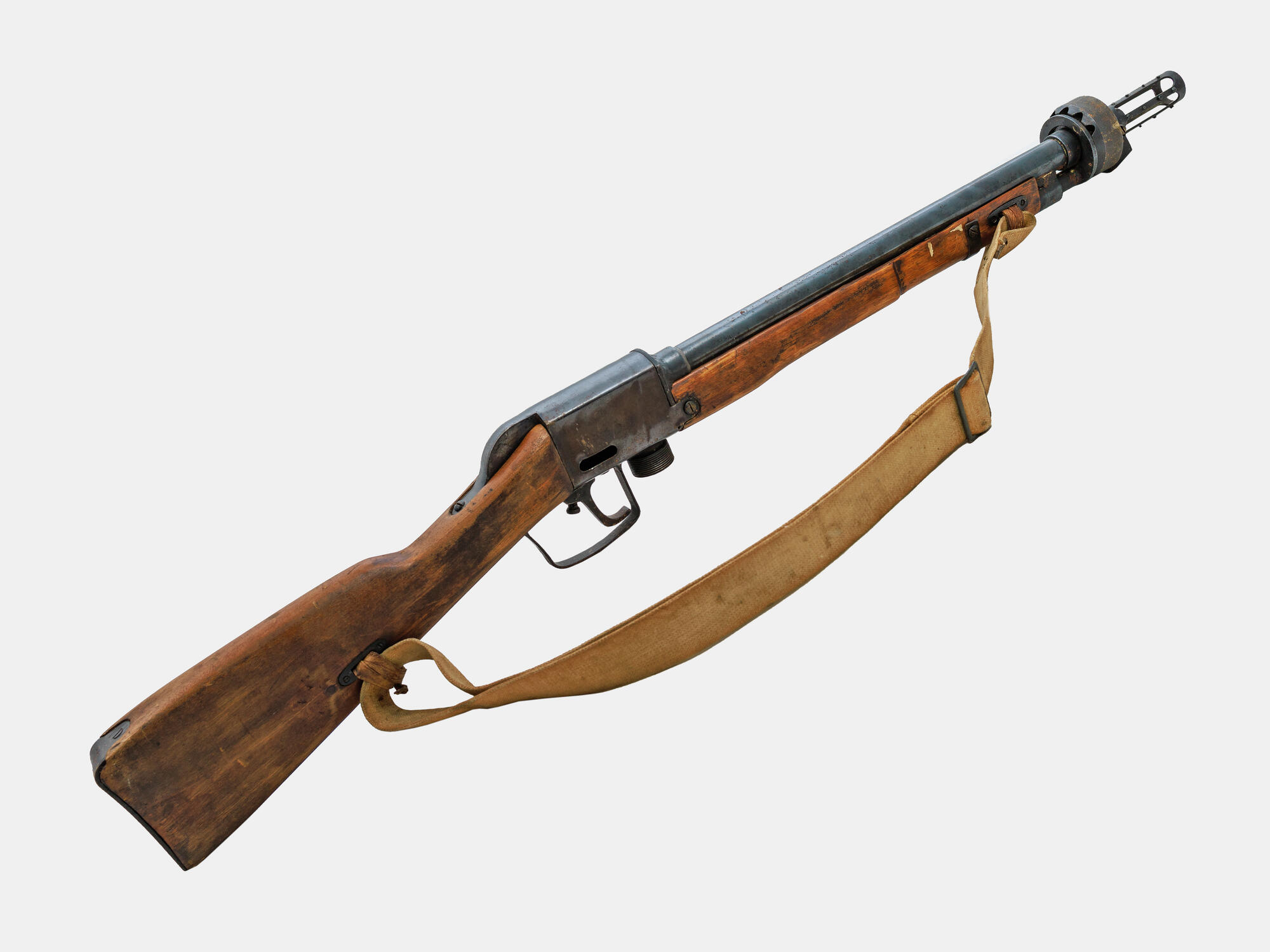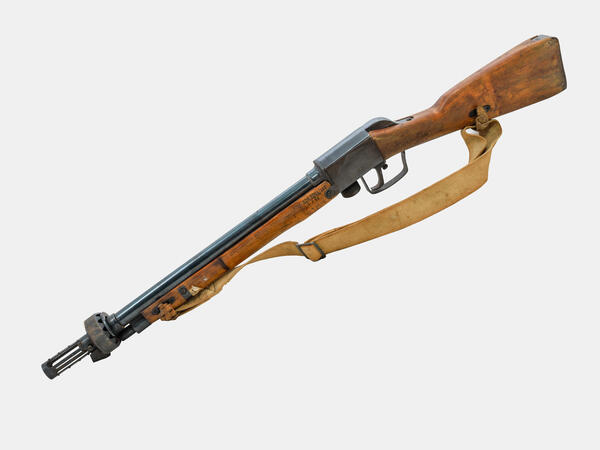During the Great Patriotic War, the Soviet infantry was armed with the ROKS-2 and ROKS-3 backpack flamethrowers (lit. —backpack flamethrower of Klyuev — Sergeyev).
The first model of the flamethrower of this series appeared in the early 1930s — the ROKS-1 flamethrower.
When the Great Patriotic War began, the rifle regiments of the Red Army had special flamethrower teams that were part of two divisions. The teams were armed with 20 ROKS-2 backpack flamethrowers.
Based on the previous experience of using these flamethrowers in early 1942, the designer of military plant No. 846 V.N. Klyuev and the designer who worked at the Research Institute of Chemical Engineering, M.P. Sergeyev, created a more advanced infantry backpack flamethrower, which received the designation ROKS-3.
This flamethrower was in service with separate companies and battalions of backpack flamethrowers of the Red Army throughout the Great Patriotic War.
The ROKS-3 backpack flamethrower projected a controllable jet of fire. Its main purpose was to defeat soldiers who hid in fortified firing points (like concrete reinforced pillboxes and dug-in guard-posts), as well as in trenches and communication passages. Among other things, the flamethrower could be used to fight armored enemy vehicles and to set fire to various buildings.
One backpack flamethrower was serviced by one infantryman.
The ROKS-3 flamethrower consisted of the following main units: a tank for a flammable liquid; a compressed air cylinder; a hose; a gearbox; a pistol or a rifle; equipment for carrying the flamethrower and a set of accessories.
The tank for storing the combustible mixture was cylindrical. It was made of sheet steel with a thickness of 1.5 millimeters. When empty, it weighed 6.3 kilograms, its total capacity was 10.7 liters; the working capacity was 10 liters.
A special filling port was welded to the upper part of the tank, as well as the body of the check valve, which were tightly sealed with plugs.
An intake pipe was welded to the lower part of the tank. It had a fitting to connect it to the hose.
The hose was used to supply the fuel from the tank to the valve box of the gun (pistol). It was made from several layers of gasoline-resistant rubber and fabric. The length of the hose was 1.2 meters, and the inner diameter was 16–19 millimeters.
The gun of a backpack flamethrower consists of the
following main parts: a lighter with a frame, an assembled barrel, a barrel
shroud, a chamber, a butt, a trigger guard and a rifle belt.




